Reports C
Reports C are documents that draw on extensive literature and expert interviews, and are thoroughly reviewed.
C-Reports outline the regulatory context and gather the available scientific and technological evidence and its implications for a given topic. All reports are published on this website and are licensed under Creative Commons (CC BY 4.0).
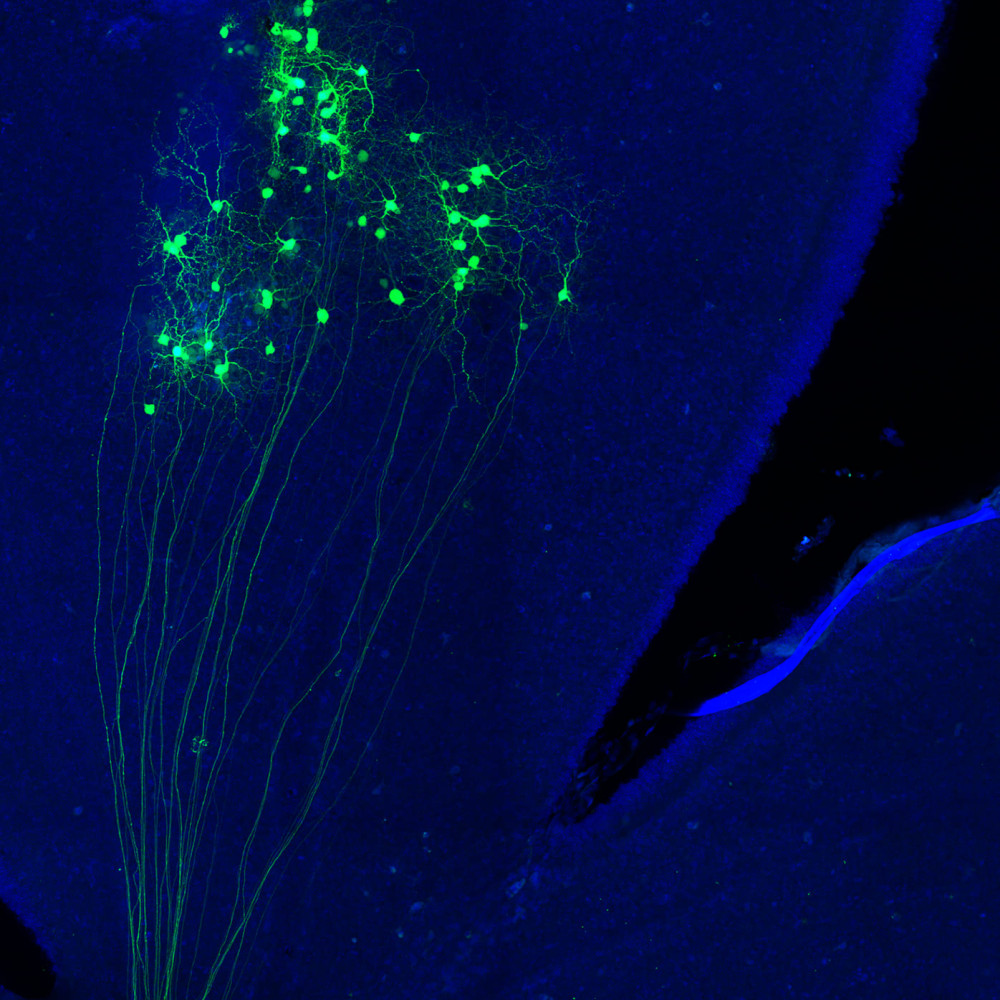
"Constelation". Edition: FOTCIENCIA19. Author: Verónica Murcia-Belmonte.
Temas

Imagen FOTCIENCIA Imagen FOTCIENCIA Faro de Muxía © Arturo Fra Franco.
Sustainable management of coastal areas
The Spanish coasts are subject to various risks associated with global change, such as the regression of the coastline, degradation of beaches, flooding in coastal areas (saline intrusions), or an increase in the frequency of extreme weather events. Social, ecological, geological, and physical aspects shape the coasts as we know them today and are the basis for integrated management. Early adaptation of coastal systems to risk forecasts would allow Spain to be better prepared for the expected sea level changes predicted by the International Panel on Climate Change (IPCC). Nature-based solutions allow for the stabilisation and protection of the coastline. The relationships between coastal infrastructure, tourism, urban planning, and associated ecosystems are particularly interesting. Some examples and practices have proven successful in promoting coastal areas of high social, economic, and ecological value.

Imagen FREEPIK.
Suicide prevention
Suicide deaths outnumber those caused by traffic accidents or gender violence. So much so that, in 2020, suicide was the leading external cause of mortality in Spain, with 3,941 deaths, of which almost 75% were men. After a low incidence in childhood, adolescence and youth are risk stages where the number of cases multiplies by 20, with about 300 suicides in the 15 to 29 age group. Afterwards, cases steadily increase with age, reaching a peak between 45 and 64 years. Thus, suicide is a major issue that can occur at different life stages. What are the causes and risk factors behind suicide? What significance do associated pathologies, such as depression, have for this phenomenon? How is the prevention of suicidal behaviours, early detection, or care for people at risk and their families approached?

Imagen FOTCIENCIA Ciencia y tecnología en las aulas, el futuro de la educación© Blanca Jara Pazos y Adriana Cuevas Noboa
Artificial intelligence and education
Artificial Intelligence (AI) is rapidly transforming the educational landscape. AI systems have reached such a level of maturity that there are already products available to the general public that can mimic humans in certain tasks within this domain. The initial impacts (both positive and negative) on how they affect teaching, learning, and assessment are beginning to be studied, as their use offers numerous opportunities and challenges. Education is an emerging context where AI can be used as a smart tool for personalised student learning and as teacher support. Therefore, making informed decisions about the activities we could delegate and which we should retain to maximise learning opportunities is essential. Additionally, it is necessary to critically evaluate the use of technology to understand its contribution to various ethical and social challenges (such as data privacy and equity in access to technology) and to study whether its use can affect the learning of other skills (such as social and emotional skills) in education.
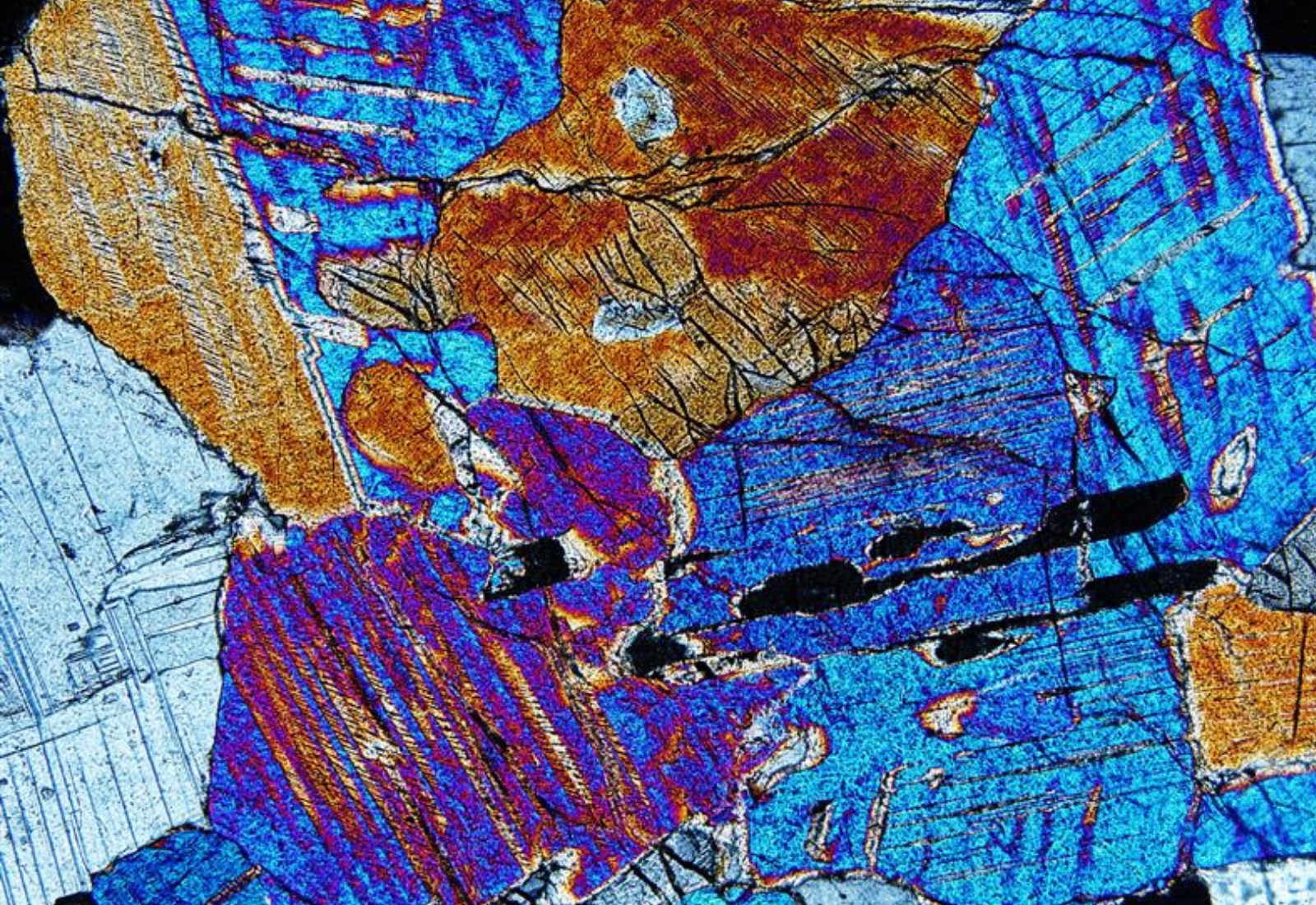
Imagen FOTCIENCIA Abstracción mineral © Luis Valdeón Menéndez y Verónica Fernández Cuesta
Critical raw materials in the energy transition
Metals, minerals, and natural materials that are vital to the economy and present a high risk in supply are called critical raw materials. Access to resources is a matter of strategic security for the European energy transition towards climate neutrality, whose infrastructure is closely linked to these materials. A clean energy transition, based on renewable energies and digitalisation, could replace the current dependence on fossil fuels with a reliance on raw materials, which Spain largely sources from abroad and for which global competition is increasingly fierce. Therefore, it is in Spain's interest to study diversified access to global raw materials markets and to explore its resources on national territory. Additionally, to reduce the environmental pressure derived from the rapid growth in global demand for these resources, it will be necessary to include strategies for reducing material use, reuse, and recycling within an eco-design and circular economy framework.
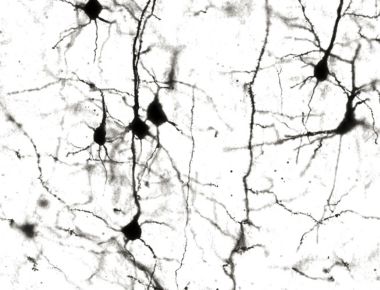
Pensando en Plata © Raquel Martín Baquero
Advances in neurodegerative diseases
Neurodegenerative diseases lead to neuronal death, disability, dependence, and, to date, they are incurable, significantly shortening life expectancy. In Spain, these diseases affect between one million and one and a half million people, representing a high personal, social, and economic cost. Additionally, the risk of developing Alzheimer's disease, Parkinson's disease, or amyotrophic lateral sclerosis (ALS) increases with age. In this sense, the rise in life expectancy will result in a significant increase in the number of neurodegenerative disease cases. On the other hand, diseases like Huntington's disease or multiple sclerosis debut in a younger population, presenting their own set of challenges. What is the situation of these diseases in Spain?
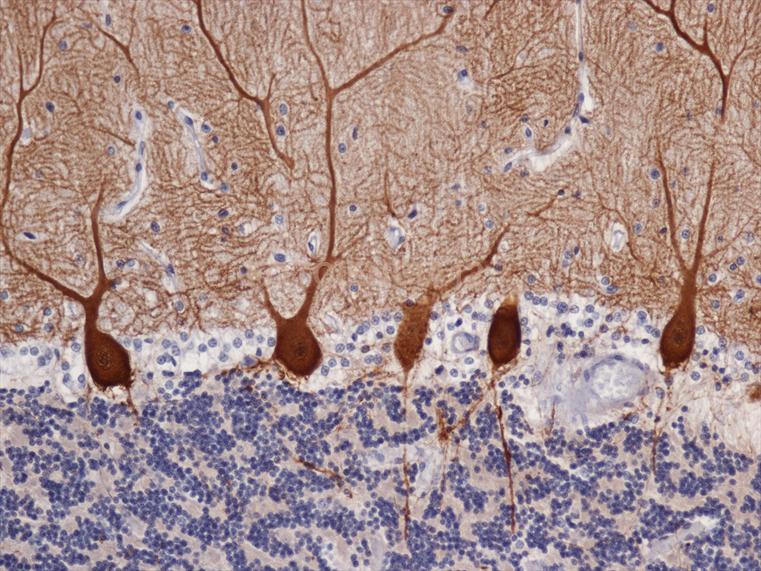
Danza de Purkinjes © Daniela Alejandra López Espíndola
Advances in neuroscience: applications and ethical Implications
The current frontier of knowledge in neuroscience is the link between the architecture of the physical brain and consciousness or language usage, functions that define who we are. Neurotechnology and the latest developments in artificial intelligence open the door to better understand the human brain and connect it to computers to improve people's health. However, this is followed by an expectation in the commercial and economic areas due to its potential applications in entertainment, education, security, or defense. This expectation is accompanied by ethical challenges, regulatory options, and legislative approaches that various countries and international organizations are addressing.

Fragmentos de memoria © Gabriel Castilla Cañamero
Disinformation in the digital age
The internet and digital development facilitate multiple advances and economic and social benefits. They also create a new social and informational context that has led to an unprecedented amplification of disinformation and its effects, turning it into a threat to democratic systems. It is a matter of national security that reaches critical levels in situations of great social relevance, such as health crises, armed conflicts, or electoral processes. This report delves into the causes and impacts of the phenomenon, as well as the mechanisms that can help combat it.

Esponja de mar gigante © Adaris María López Marzo
Ageing and well-being
Spain is the third European country with the highest number of elderly individuals. Currently, 20.1% of Spaniards are over 65 years old, and this proportion is expected to increase in the next 20 years. Longevity is an achievement and an opportunity, but it also poses a challenge. On a personal level, the elderly face difficulties such as the loss of personal autonomy, unwanted loneliness, or the digital divide. It also represents a challenge for society, as aging entails an increase in retirement pensions and greater use of healthcare and social services, whose weaknesses were highlighted by the recent pandemic. The goal is not just to live longer, but to age with health and well-being.

Luz física, luz mágica © Roberto Bueno Hernández
Air quality and good practices
The loss of air quality that results from atmospheric pollution is one of the main public health issues in Europe and Spain. Scientific evidence highlights serious impacts on human health, the environment, and the economy that affect the population in an uneven manner. The current regulatory framework aims to reduce atmospheric pollution and its adverse effects. While this is a useful tool, based on available data, it is insufficient to address the intersectional challenges that characterize this issue.

Incendios © Victoria Arcenegui Baldó
Forest fires and burned area restoration
Spain is one of the countries in the world with the greatest increase in meteorological risk of fires. In 2022, Spain faced one of the most intense wildfire seasons in recent decades. Although fire is a traditionally used element in the country, and the total number of fires is under control, forest fires are becoming increasingly larger. This has social, economic, and ecological impacts. Due to its immense complexity, prevention, suppression, and subsequent management are addressed considering the socio-ecological heterogeneity of the Spanish territory, with a multidisciplinary approach and through specific sectoral policies. Is it possible to optimize our relationship with fire?

El tercer elemento © Rafael García Jiménez
Green hydrogen as a fuel
Hydrogen produced by renewable energies plays a key role in the energy transition towards a carbon-free economy in 2050.
This Report C analyses the green hydrogen value chain - production, storage, distribution and end uses - and discusses the implementation challenges for the sector.

Información © José Benito Rodríguez González
Cibersecurity
This Report C discusses challenges involved in the development of a society that is competitive and technologically advanced, as well as secure and immune to cyber-attacks. This challenge affects connected factories (an attack can paralyse a manufacturing process) as well as everyday objects (wearable appliances), plugged-in (IoT), or sensitive and strategic infrastructures.

Nuevo ADN © Katherine Waleska Pérez Pinto
Artificial intelligence and health
Digitalization and recent advances in artificial intelligence (AI) have great potential in the health care system. Implementaing the latest breakthroughs in AI could help the national health system by supporting decision-making and administrative management. This Report C examines the readiness of different IA applications in the healthcare area and highlights its challenges (in particular, the access and handling of data), and its social, ethical and regulatory implications.
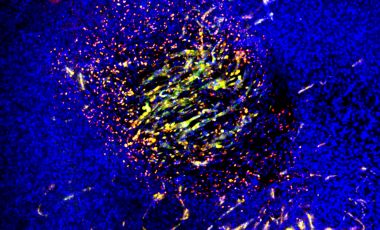
La guerra contra el cáncer: la resistencia © Cristina Pilar Garrido López
Advances in cancer treatments
Almost 300.000 people are diagnosed with cancer in Spain every year, having a significant personal, social and economic impact. The latest developments in cancer diagnosis and treatment are changing the way we approach the disease.
This Report C offers a comprehensive overview of cancer in the Spanish context.